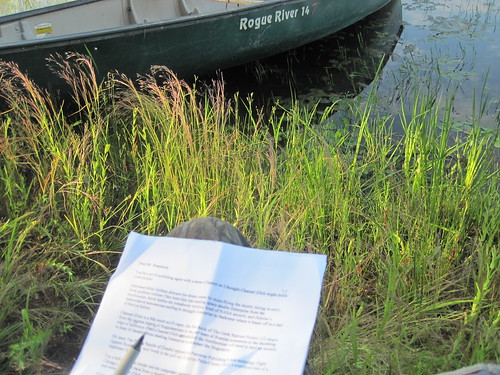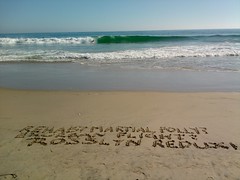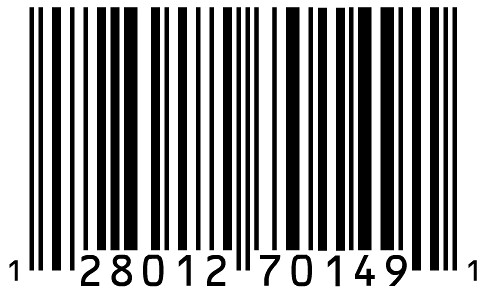Individualize Your Query

“Working on the query letter” by Doug Sharp, on Flickr
I don’t think a query is a one-size-fits-all device. I don’t think the same query necessarily works for all agents or all authors. That being said, I don’t think it should either.
The most important part of the query is the blurb, the part that tells the agent about your book, the part that grabs her attention and makes her want to read more. Here’s the deal, though: What you should strive for is writing the query that best represents you and your book. It should show the reader a bit of your voice and the blurb shouldn’t necessarily be about hook or characters or plot. It should be that one thing about your book that makes it stand out from all others. (BookEnds)
Literary agent Jessica Faust over at BookEnds dishes up what-should-be-but-isn’t-so-obvious advice for all of query letter scribblers. Sell your book by selling yourself. Give’m a taste of your brilliance, grace, humor, whatever makes you stand out and stand tall. Distill your dazzle and intoxicate the agent/publisher… No pressure!
Related:



















